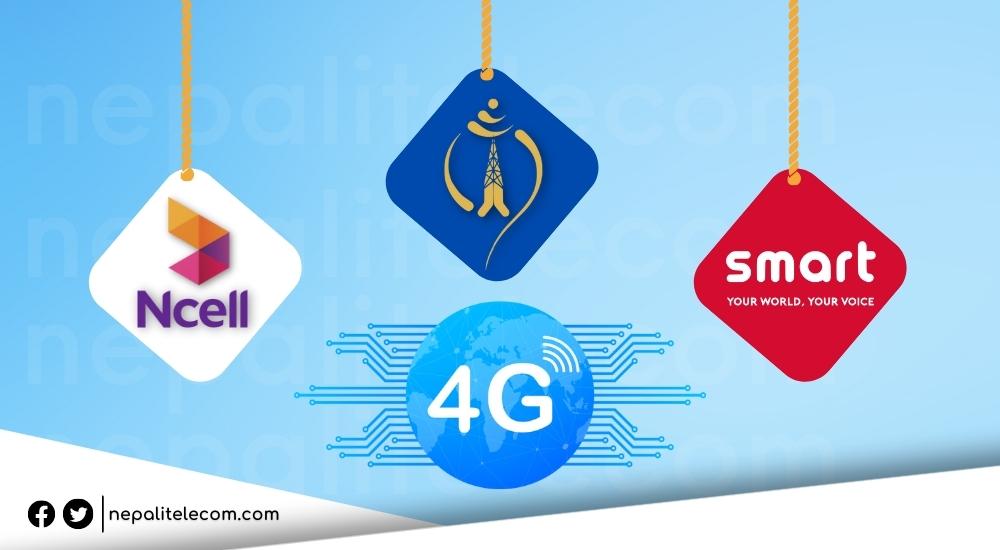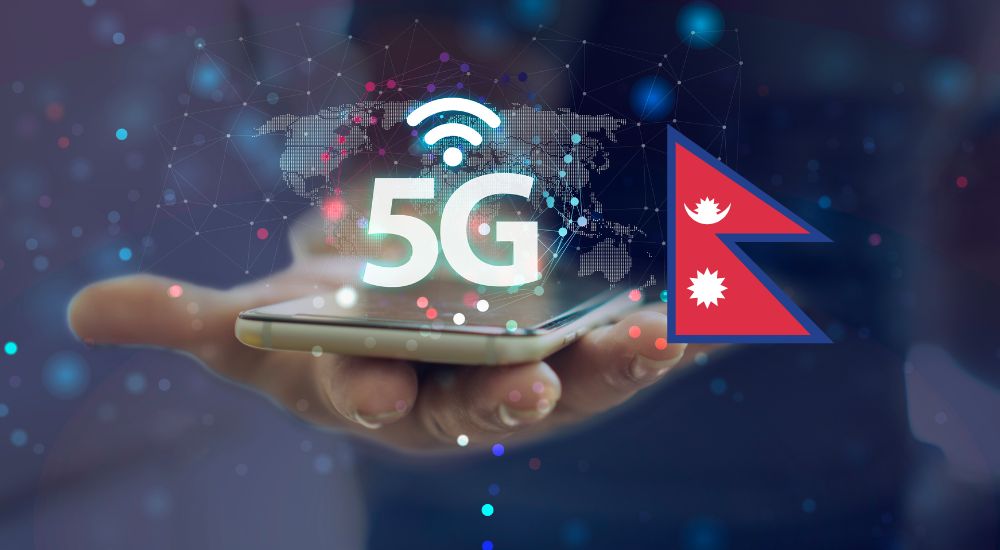Huawei announces its third-quarter business results for the year 2019. Huawei has generated CNY610.8 billion in revenue, an increase of 24.4% year-on-year in the 3 quarters of this year. The company also increased its net profit margin by 8.7%, with more commercial contracts for 5G.
Despite the unfavorable situation by US prohibition, Huawei could maintain its growth and net profit. Huawei has maintained its focus on ICT infrastructure and smart devices. With which, they continue to boost the efficiency and quality of its operations. This contributed to increased operational and organizational stability and solidified the company’s performance in the first three quarters of 2019.
In the carrier business, commercial deployment of 5G networks around the world has sped up. Huawei has continued to launch innovative solutions with leading carriers like 5G Super Uplink, smart & simplified transport networks. The company has also worked with industry partners to establish an industry alliance and an industry innovation base for 5G deterministic networking to enable the innovation and growth of carriers.
Huawei 5G contracts

As per Huawei, the no of 5G commercial contracts has now passed over 60. Huawei partners with leading global carriers for the 5G rollout and supplied more than 400,000 5G massive MIMO Active antenna units (AAU) to those markets. The AAU is one of the key product lines for 5G that incorporates the Radio unit and Antenna within itself. The AAU also makes it easy for the rollout and achieves a higher no of antenna streams of MIMO.
It is not only the 5G base stations that grew siginificantly, they have witnessed such growth in the optical transmission, data communications, and IT products.
Enterprise business
In the enterprise business, the company launched the Huawei Horizon Digital Platform. This converged, open, and an efficient platform was built on Huawei’s extensive technological experience. With it, Huawei aims to work with customers and partners to build a foundation for the digital world, creating a digital transformation industry worth trillions of US dollars. This platform will also help various sectors like government, public utilities, finance, transportation, and electricity to speed up their digital transformation.
By the end of Q3 2019, more than 700 cities, 228 Fortune Global 500 companies, and 58 Fortune Global 100 companies had selected Huawei as their partner for digital transformation.
Huawei’s cloud service development has been accelerating. In Q3, Huawei announced its computing strategy and released Atlas 900, the world’s fastest AI training cluster. Other innovative products the company has launched include the HUAWEI CLOUD Ascend AI cluster services, 112 new services powered by Kunpeng and Ascend processors, and Industrial Intelligent Twins. These products achieved major breakthroughs in government, Internet service provider (ISP), automotive, finance, and many other industries. Three million enterprise users and developers have used HUAWEI CLOUD to develop products and solutions.
Consumer business
In the consumer business, Huawei’s smartphone business has grown steadily. Huawei’s smartphone shipments in the first three quarters of 2019 exceeded 185 million units, representing a year-on-year increase of 26%. The company also saw rapid growth in other new businesses like PCs, tablets, wearables, and smart audio products.
The Vision smart screen, featuring unique innovations in software and hardware, was also launched in Q3. This gained high acclaim from the industry and consumers. A more robust ecosystem that focuses on consumers and delivers a more seamless intelligent experience across all major user scenarios is now taking shape.
The Huawei Mobile Services ecosystem has also developed rapidly, covering more than 170 countries and regions. It has attracted over 1.07 million registered developers worldwide.













